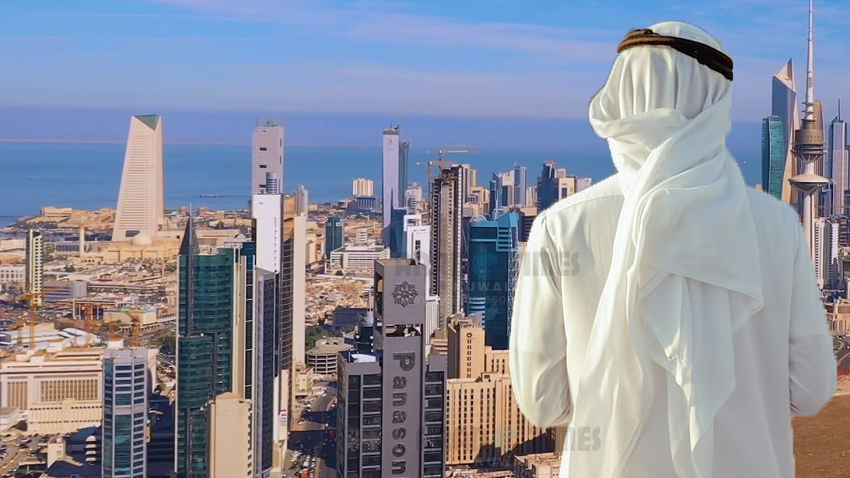15/08/2023
15/08/2023

KUWAIT CITY, Aug 15: According to a report issued by the Modon Group, the number of private and investment housing facilities increased to more than 173,500 facilities by the end of 2022, which are inhabited by about 4.74 million citizens and expatriates.
This number represents about 81 percent of the total number of facilities in Kuwait, which is estimated at about 215,000, reports Al-Rai daily. The report, which was based on the data of the Public Authority for Civil Information (PACI), explained that the number of investment housing establishments (residential buildings) has increased to about 12,500 buildings, which include about 400,000 apartments, inhabited by at least two million expatriates, representing about two-thirds of the expatriate population. It takes into account the fact that the majority of domestic workers live with Kuwaiti families in private housing.
Also, a number of non-Kuwaiti families live in private housing facilities, and a number of non-Kuwaiti workers stay in farms and some other production facilities. The report indicates an increase in the density of investment housing facilities, with an average of 154 individuals per building and six individuals per apartment. Also, there are about 70,000 vacant apartments, i.e. 330,000 static apartments, in addition to the high densities in collective housing facilities for security personnel and company workers.
It explained that private housing facilities are distributed among the six governorates of Kuwait in close proportions, but investment housing facilities, which are mostly inhabited by non-Kuwaitis, witnessed a relative concentration in a limited number of governorates. Hawally ranked first with 43 percent, followed by Ahmadi in second place with 25 percent, Farwaniya in third place with 21 percent; thereby bringing the total share for the three governorates to 89 percent. Accordingly, the three governorates - Hawally, Ahmadi and Farwaniya - have an estimated share of 74 percent of the total non-Kuwaiti population in Kuwait.


